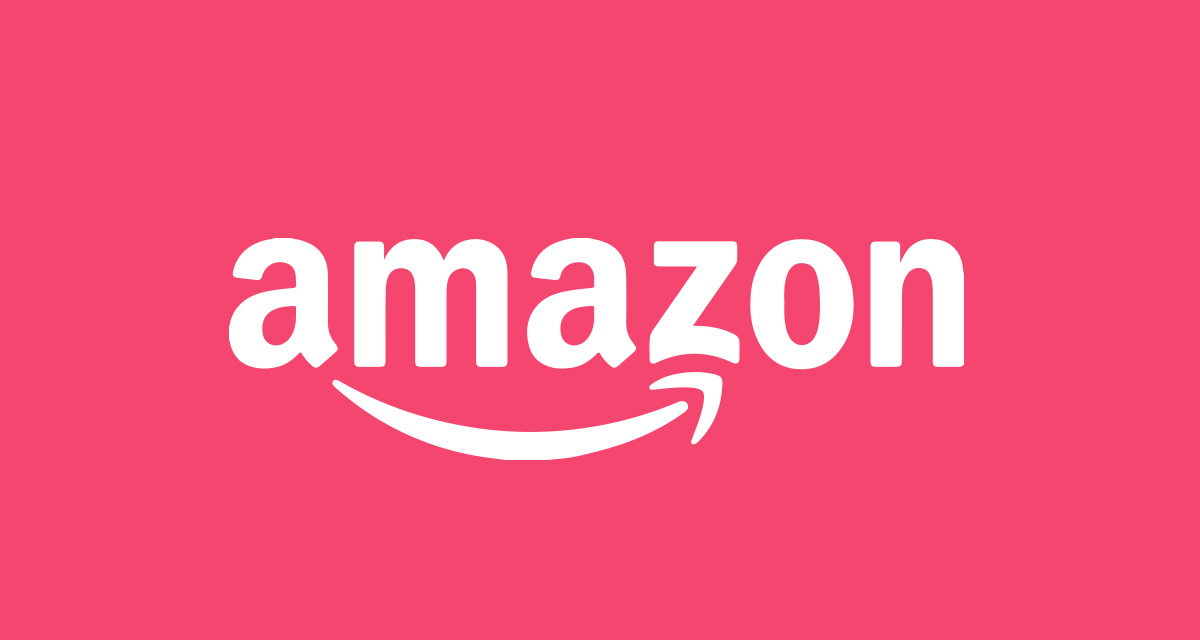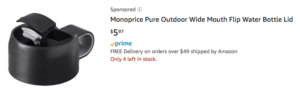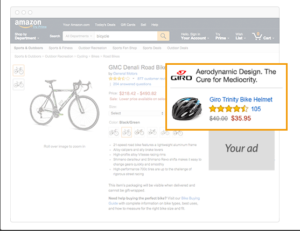
What happens when you think about Amazon?
Does it send a shiver of apprehension down your spine? Or does it set your desire atingle with the thought of cheap goods…delivered straight to your door?
If you’re in eCommerce, the arrival of Amazon can be a daunting thing to behold. And, when you take a closer look at the numbers, it’s easy to understand why eCommercers are getting a tad skittish.
Did you know that in 2016 more American households had Amazon Prime accounts than attended Church regularly?
And did you know that 48% of these Prime members bought products once a week or more, with the figure going up to 74% when it came to making a purchase every few weeks?
Safe to say, Amazon is becoming the new religion. And whether this means salvation or damnation is completely up to you.
Why Amazon Marketing can boost your eCommerce Business
Amazon’s core demographic is affluent and active. On top of this, you can safely assume that anyone who’s on Amazon is actively displaying real purchase intent.
While Google and Facebook claim that with the right targeting you can get in front of the people who are the most likely to complete valuable actions on your website, Amazon is different. It is, first and foremost, an eCommerce platform. So say goodbye to trying to balance broader keyword lists with more niche long-tailed keywords on Google. And say hello to being in front of people who are actually looking to buy your product type.
Because Amazon has the data that really counts. After finding that there wasn’t a CMS sophisticated enough to handle what they wanted to accomplish, Amazon built their own website service to do what needed to be done.
Given that everything is neatly contained within the Amazon digital ecosystem, Amazon never lose sight of their user. Which means that Amazon marketing has a more complete picture of…how people behave, what the key indicators of purchase intent are, and which kinds of purchase pathways people take on their website.
Amazon’s marketing biosphere also means much better attribution for calculating your return on investment. Aka, no fiddly Google Tag Manager tracking codes needed.
And, if you are going to make the transition to using Amazon in your sales strategy, investing in Amazon marketing makes good business sense. The way that Amazon is set up means that it places a lot of emphasis on the power of reviews and number of sales. So it uses this information in much the same way as Google uses quality scores.
By extension, if you’re launching a new product on Amazon and want to build up reviews and sales quickly, it makes sense to promote those products to build up credibility quickly.
How to advertise on Amazon
So, assuming you’ve decided that it’s a good idea to be on Amazon. And assuming you’ve also decided it’s a smart idea to test out the different promotional options Amazon offers. Both of those are great decisions – if you’re in the eCommerce game. However, they’re not-so-great if you’re a local surf instructor. But hey, you do you.
Now we get it – the big wide world of PPC (pay per click) advertising can be a little daunting. And that’s why we’re here to give you a hand. To help you sift through the differences and make sense of the digital marketing jargon. To get you on top.
How does Amazon advertising work?
Now, for those of you who are familiar with the way that Google operates their advertising service, Amazon’s model won’t be too much of a curveball.
And for those of you who are…lacking in know-how…let’s get stuck in!
The basic idea behind Amazon product advertising is to ‘bid’ on valuable keywords that are related to whatever you are selling. For example, if you’re selling lightweight hiking water bottles you might want to include keywords like ‘insulated water bottle’, ‘lightweight water bottle’, ‘hiking water bottle’, or ‘BPA free water bottle’.
Broader keywords such as ‘water bottle’ will get larger numbers of searches. Niche, long-tail keywords such as ‘lightweight 1.5L insulated hiking water bottle’, on the other hand, will find less people in total, but will find more relevant prospects for your product.
Now, the perfect keyword strategy has a mix of both short and long tail keywords. From there, you can monitor which phrases are generating sales and optimise your campaigns by increasing or decreasing your bids accordingly.
And if the notion of ‘bidding’ is giving you an unhealthy dose of house auction PTSD…you have nothing to worry about. The way that it works is super simple: each advertiser nominates the highest price that they are willing to pay for a click. The highest bidder wins, but you will only ever pay $0.01 more than the second highest amount.
So how much can you expect to pay per click?
Well, much like Google ads, it will depend on the category of product that you’re selling. Some items have a much higher cost per click because a) the category is more competitive or b) the item in question has a naturally higher price point.
As a rough guideline – costs can vary from around $0.02 to $3.00 per click. However, with an average CPC of $0.35, it is generally a far less expensive option than Google.
Different type of Amazon Ad’s
There are three main types of Amazon advertisements:
- Sponsored Product Ads

Sponsored Product Ads
Rather than appearing in the list of products, this ad format is more like your standard website banner advertisement. It shows along the top of the search result listing and typically directs traffic to a dedicated branded landing page on Amazon (however they’re not limited to this).
They also use keywords for targeting but only support exact and phrase match keyword types.
2. Headlines Search Ads

Headline Search Ads
Well, much like Google ads, it will depend on the category of product that you’re selling. Some items have a much higher cost per click because a) the category is more competitive or b) the item in question has a naturally higher price point.
3. Amazon Product Display Ads

Image sourced from Marketing Land
Last but not least, Amazon Product Display Ads! These ad formats are based on interest and product targeting, rather than keyword targeting. This means that you can target people who are looking at products related to yours. For example, if you are selling bicycle helmets or accessories, you can target people browsing for bicycles or cycling.
While each campaign is limited to one target type, this format can be a great way to snag that cross-sell for people who are actively browsing.
To round things up…there are plenty of reasons to be nervous about the rise (and rise) of Amazon. Their incredible ability to continually innovate while exponentially growing makes them one of the most powerfully disruptive forces of our era.
But as the saying goes, if you can’t beat them – join them! That’s right. It’s time to turn Amazon’s awesome selling prowess into one of your own biggest strengths.
So if you want to discuss strategy, or just find out more about the Amazon marketing options available to you, get in touch!



